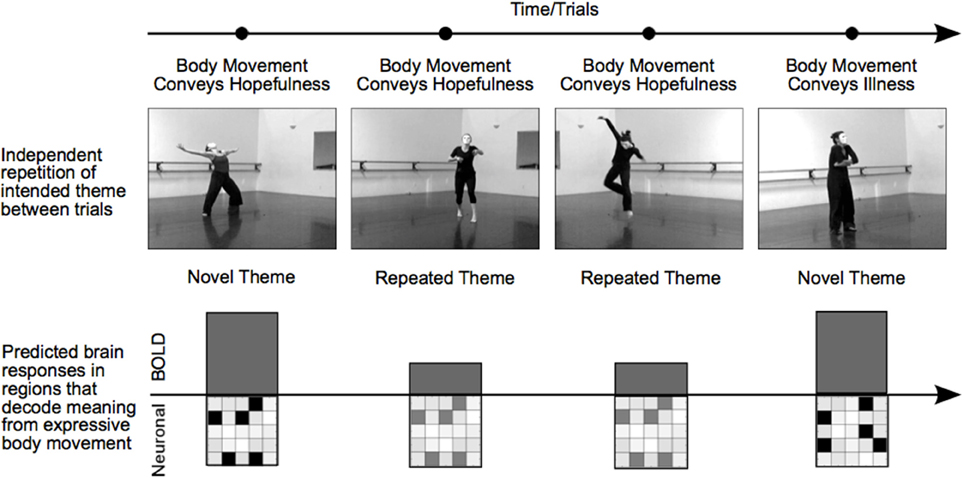
# The Significance of Nonverbal Communication: An In-Depth Overview
## **Introduction**
Nonverbal communication holds a vital importance in our interactions with others and the management of social situations. Research noted by *VeryWell Mind* indicates that a major part of everyday communication is significantly based on nonverbal signals, including posture, gestures, facial expressions, and tone. These nuanced signals frequently communicate emotions and intentions even prior to the introduction of verbal dialogue.
Whether it’s something as straightforward as a handshake or distinctive choices in hairstyles, nonverbal aspects offer crucial insights into our identities, interests, and emotional conditions. Studies have demonstrated that individuals react to thousands of nonverbal signals and actions throughout their daily exchanges, underscoring its essential role in effective communication.
—
## **The Essential Nature of Nonverbal Communication**
Nonverbal communication is more than mere spoken words; it consists of gestures, expressions, and tones that may reinforce, oppose, or entirely substitute verbal communication. Here are the reasons it is significant:
1. **The Impact of First Impressions**: Nonverbal actions are fundamental in influencing first impressions. For instance, a strong handshake indicates confidence, whereas crossed arms might imply defensiveness or disinterest.
2. **Establishing Trust**: When verbal communication is paired with matching nonverbal signals, it enhances credibility. However, a lack of alignment can result in confusion or distrust.
3. **Facilitating Interaction**: Understanding and interpreting the nonverbal cues of others, while managing your own, fosters stronger relationships, enhances clarity, and strengthens interpersonal bonds.
4. **Cross-Cultural Similarities**: Although certain nonverbal communication forms differ across cultures (e.g., gestures), specific expressions like joy or sorrow are universally recognized. This fosters a common emotional language among people.
—
## **The Five Functions of Nonverbal Communication**
Nonverbal signals fulfill specific functions in exchanges and interactions. These functions include:
1. **Reinforcement**: Strengthening verbal messages for enhanced clarity.
2. **Contradiction**: Occasionally opposing verbal messages, indicating inconsistency or potential deceit.
3. **Substitution**: Completely replacing verbal communication, such as smiling to express kindness without using words.
4. **Complementing**: Augmenting verbal exchanges—for instance, a manager commending an employee while offering a supportive gesture.
5. **Accentuating**: Underlining important points, like banging on the table to express urgency.
Together, these functions illustrate how nonverbal communication enriches emotional significance and meaning in our everyday interactions.
—
## **Primary Types of Nonverbal Communication**
Numerous types of nonverbal communication significantly influence message interpretation. Here are some of the most impactful:
### **1. Facial Expressions**
Facial expressions rank among the strongest forms of nonverbal communication. Feelings such as happiness, sadness, anger, and fear are generally recognized across languages and cultures. A mere smile or frown can express more than numerous words.
### **2. Gestures**
Gestures—like waving, pointing, or using fingers to represent numbers—play a purposeful and animated role in communication. In environments such as courtrooms, attorneys frequently depend on gestures to sway juror perceptions, highlighting their power to persuade without spoken language.
### **3. Paralinguistics**
Paralinguistics pertains to vocal aspects apart from the spoken content, such as tone, pitch, and inflection. For example, a lively tone can indicate approval, while a somber tone can reflect disapproval or sadness.
### **4. Body Language and Posture**
A person’s stance, movement, or sitting behavior often yields crucial insights regarding their emotional state. Though subtle, body language can reveal confidence, unease, or engagement.
### **5. Appearance**
The way we dress, arrange our hair, and present ourselves conveys significant information about our character and values. First impressions, typically formed within seconds of meeting someone, are largely shaped by one’s appearance—a critical element in professional environments like job interviews.
—
## **Essential Strategies for Enhancing Nonverbal Communication**
Enhancing your nonverbal communication abilities necessitates self-awareness and ongoing practice. Here are practical strategies to assist you in achieving excellence:
– **Maintain Good Posture**: Sit upright or lean slightly forward to show engagement.
– **Use Animated Hand and Facial Expressions**: Incorporate appropriate gestures and expressions to bring life to conversations.
– **Establish Eye Contact**: Keep regular, natural eye contact without coming off as overpowering.
– **Smile and Offer a Firm Greet**: Ensure handshakes are strong yet not dominating, and maintain a friendly smile.
– **Manage Fidgeting**: Refrain from actions like tapping your foot or bouncing your leg.
– **Adopt Open Body Language**: Avoid crossing your arms to indicate openness and receptiveness.
– **Honor Personal Space**: Assess and respect the suitable distance during conversations.
—
## **Conclusion**